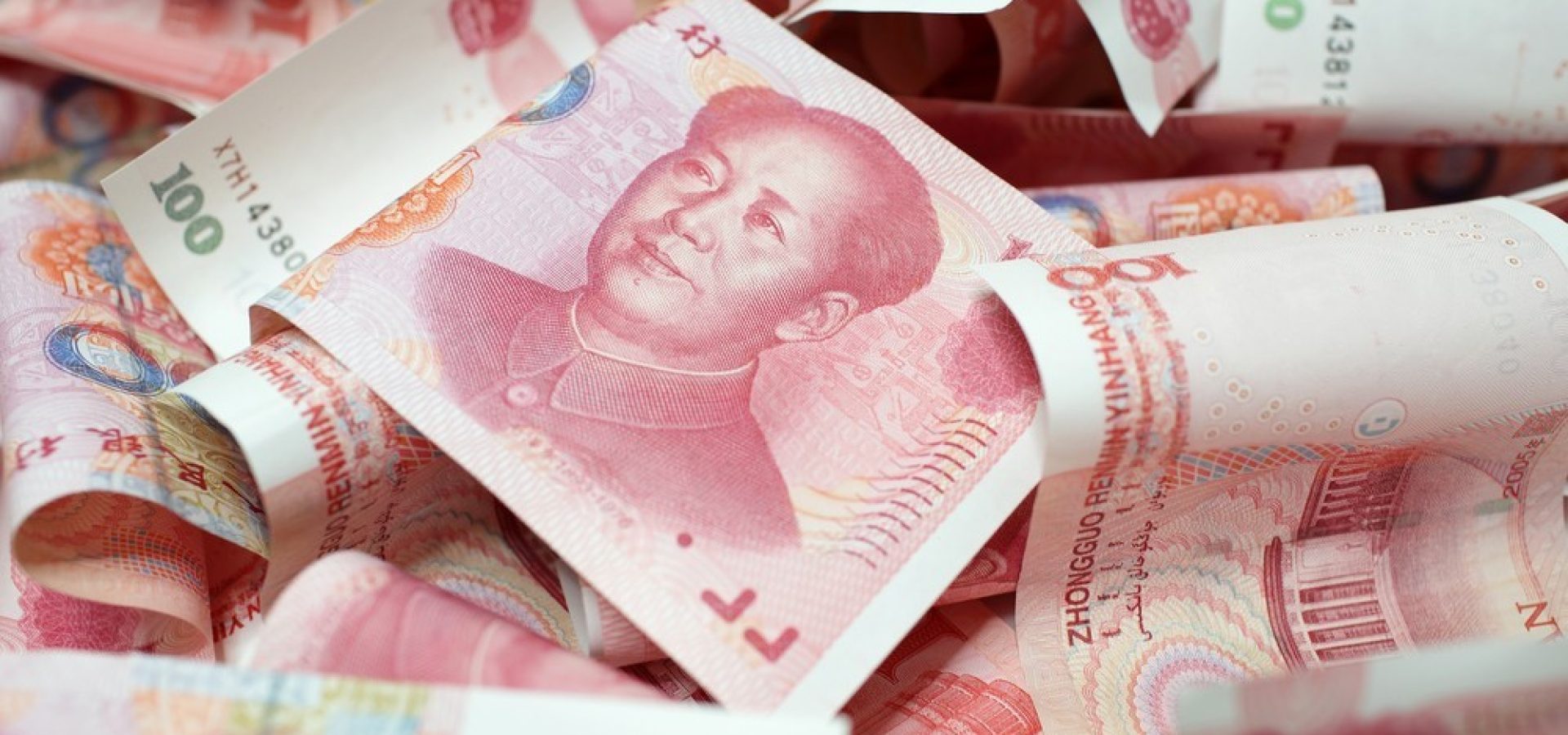Chinese banks play a pivotal role in the country’s economic landscape, influencing everything from interest rates to mortgage pricing. Recent developments in China, such as a stabilising economy and a weakening yuan, have important implications for these financial institutions. In this article, we will delve into the significance of these factors on Chinese banks and the broader financial system.
Stable Lending Rates and Economic Stabilization
China recently opted to keep benchmark lending rates unchanged, aligning with market expectations. This decision reflects the country’s economic stabilisation and a diminishing need for immediate monetary easing. After experiencing a significant slowdown, the second-largest economy in the world is finding its footing again.
The one-year loan prime rate (LPR) is at 3.45%. At the same time, the five-year LPR holds steady at 4.20%. These rates serve as crucial reference points for most new and outstanding loans in Chinese banks, influencing the pricing of mortgages. The central bank’s decision to roll over maturing medium-term policy loans and maintain their interest rates signals continuity in their approach to lending.
Impact of the Weakening Yuan
This year, the Chinese yuan has depreciated more than 5.00% against the dollar. The devaluation can be linked to the expanding yield gaps with other prominent economies, notably the United States, as well as apprehensions regarding sluggish domestic economic expansion. Chinese authorities have intensified their efforts to stabilise the yuan’s value to counteract this trend. A stable currency is essential for Chinese banks, as it affects their international competitiveness and the attractiveness of Chinese assets to foreign investors.
Chinese Banks and the Path Ahead
Banks must navigate these changing dynamics with vigilance. The stabilising economy is positive news, but vigilance against potential inflation is crucial. A sudden surge in the China inflation rates could challenge the banking sector and the broader economy.
In conclusion, Chinese banks are at a critical juncture as economic stabilisation efforts and monetary policy adjustments unfold. While signs of recovery are promising, the banking sector must remain adaptable in the face of potential inflation risks. As China continues to be a focal point for global economic interactions, the performance of Chinese banks will be closely watched by those buying from China and the international financial community.









COMMENTS